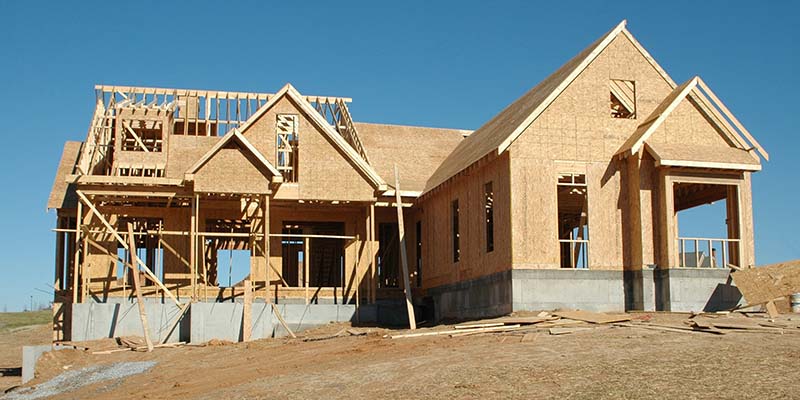COVID and the Residential Construction Market

Although COVID-19 caused an initial shock across the construction sector, it wasn’t long before the residential market took off. Residential construction spending has risen steadily from May of 2020 to today1. Throughout 2020, private residential spending was largely driven by new single-family homes and existing home improvements. Building permits surged last year with a 72% increase from the low in April 2020 to the high of 1.88 million in January of this year2.
The pandemic’s impact continues to be felt and most analysts anticipate a cooling off in the housing market. If you read analysts’ opinions on where the construction market is going, four key themes emerge:
- Affordability issues will slow demand. Over the last year, the pandemic and resulting supply chain issues have inflated construction material prices. Combine this with the increase in demand for new housing and affordability issues arise. These trends have also impacted homebuilders’ bottom lines. With increased backlogs as well as supply and labor challenges, builders have been dealing with significant cost increases, creating uncertainty about profitability in the near term.
- COVID will continue to impact trends in where people choose to live. The pandemic caused many to look for larger homes outside of cities. As companies allow for hybrid work, many expect demand in the suburbs will remain high, as workers now want homes with space for a home office. In addition, much of the residential building is shifting to lower-cost, lower density markets, particularly in multi-family building.
- As interest rates rise, housing demand will decline. The 10-year Treasury rate has been steadily climbing since the start of the pandemic and hit a recent peak. Historically, an increase in rates often accompanies a decline in demand for new homes. Analysts note that mortgage applications have already slowed.
- The public and private sector will continue to work together. Much of the benefit of the anticipated federal infrastructure bill would be felt in the non-residential construction sector. However, analysts point to other areas where public action could shape trends in the residential market. Rezoning in urban areas could be an area to watch. As companies embrace hybrid workplaces, office space may not be in demand, but municipalities may look to rezone commercial buildings to residential, continuing pre-pandemic trends of bringing more people into downtowns.
- 1 Total Construction Spending: Residential in the United States
- 2 New Privately-Owned Housing Units Authorized in Permit-Issuing Places: Total Units